 Backend Development
Backend Development
 XML/RSS Tutorial
XML/RSS Tutorial
 How to use the XML guide? Summarizing XML Guide Example Usage
How to use the XML guide? Summarizing XML Guide Example Usage
How to use the XML guide? Summarizing XML Guide Example Usage
An XML document that conforms to the grammar is called a well-structured XML document. An XML document that passes DTD validation is called a valid XML document. "Well-structured" XML document A well-structured XML document should use correct syntax. A well-structured XML document should comply with XML syntax rules. The example given in the previous chapter is a well-structured XML document:
1. XML Guide - XML Confirmation

Introduction: An XML document that conforms to the grammar is called a well-structured XML document. An XML document that passes DTD validation is called a valid XML document.
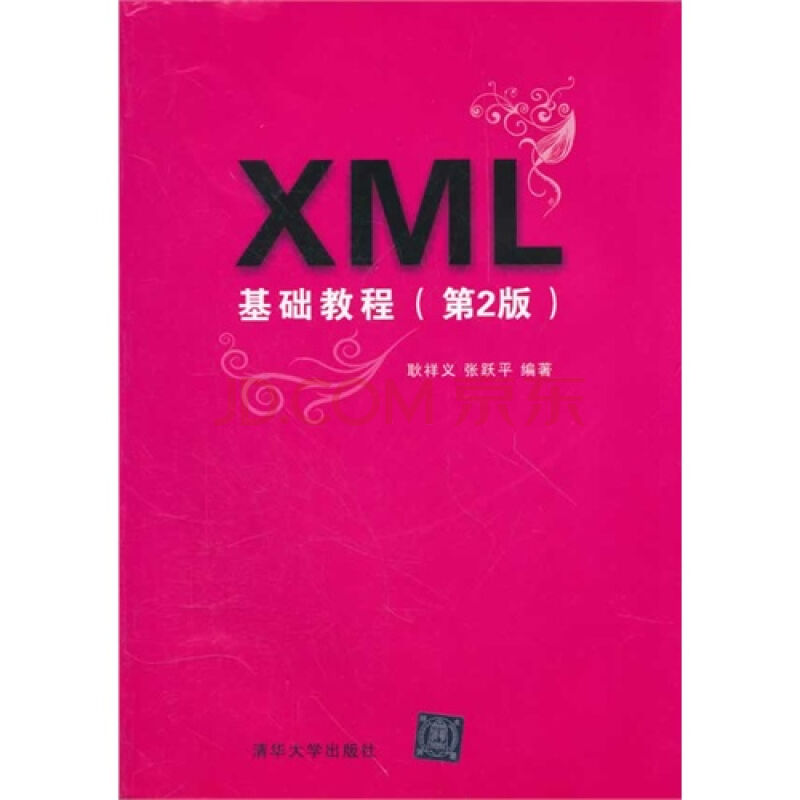
##Introduction: All text in the XML document will be parsed by the parser. Only text within the CDATA component will be ignored by the parser.
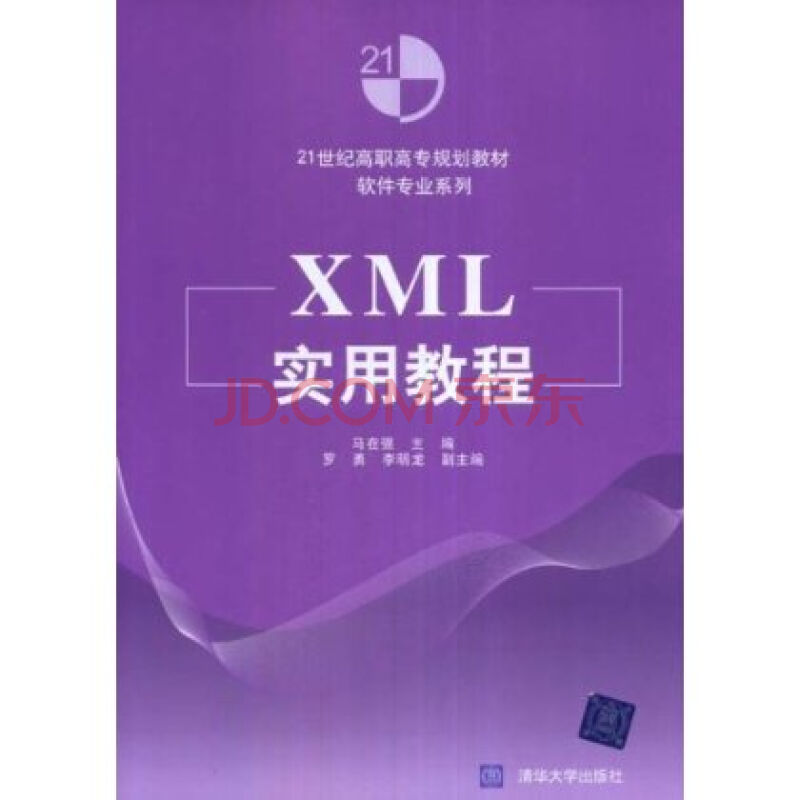
4.
 ##Introduction: XML elements are extensible and are related to each other. XML elements have simple naming rules.
##Introduction: XML elements are extensible and are related to each other. XML elements have simple naming rules.
5.
XML Guide - XML Browser (Netscape, Explorer) 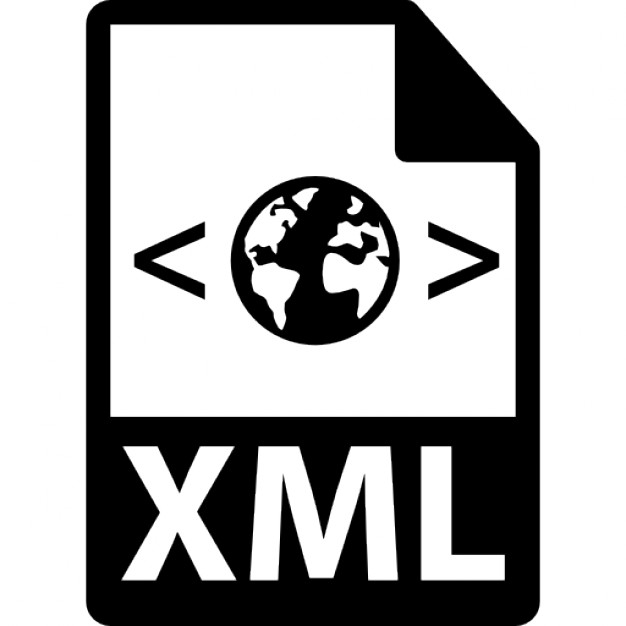 Introduction: Many applications support XML. We're focusing on Internet Explorer 5.
Introduction: Many applications support XML. We're focusing on Internet Explorer 5.
6.
XML Guide - Viewing XML Files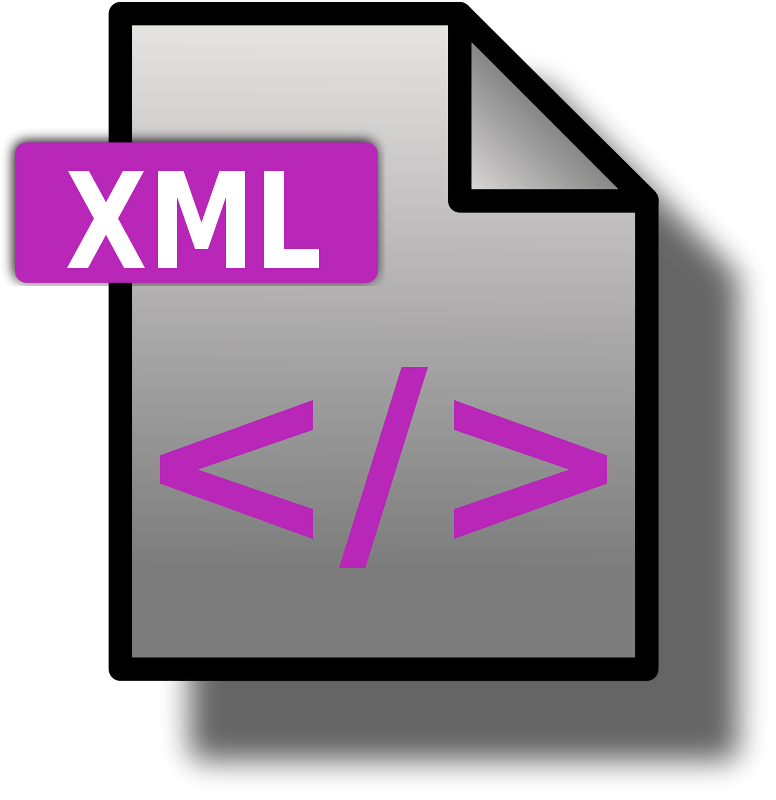 ##Introduction: The original XML file can be viewed with IE 5.0 (or higher) or Netscape 6, but if you want the XML document to be displayed like a Web page, you must add some additional display information.
##Introduction: The original XML file can be viewed with IE 5.0 (or higher) or Netscape 6, but if you want the XML document to be displayed like a Web page, you must add some additional display information.
7. XML Guide - XML Data Island
##Introduction: Using IE5.0 or higher, XML data can be embedded in HTML pages in the form of data islands. Embedding XML data in HTML pages XML data can be embedded into HTML pages using the unofficial standard 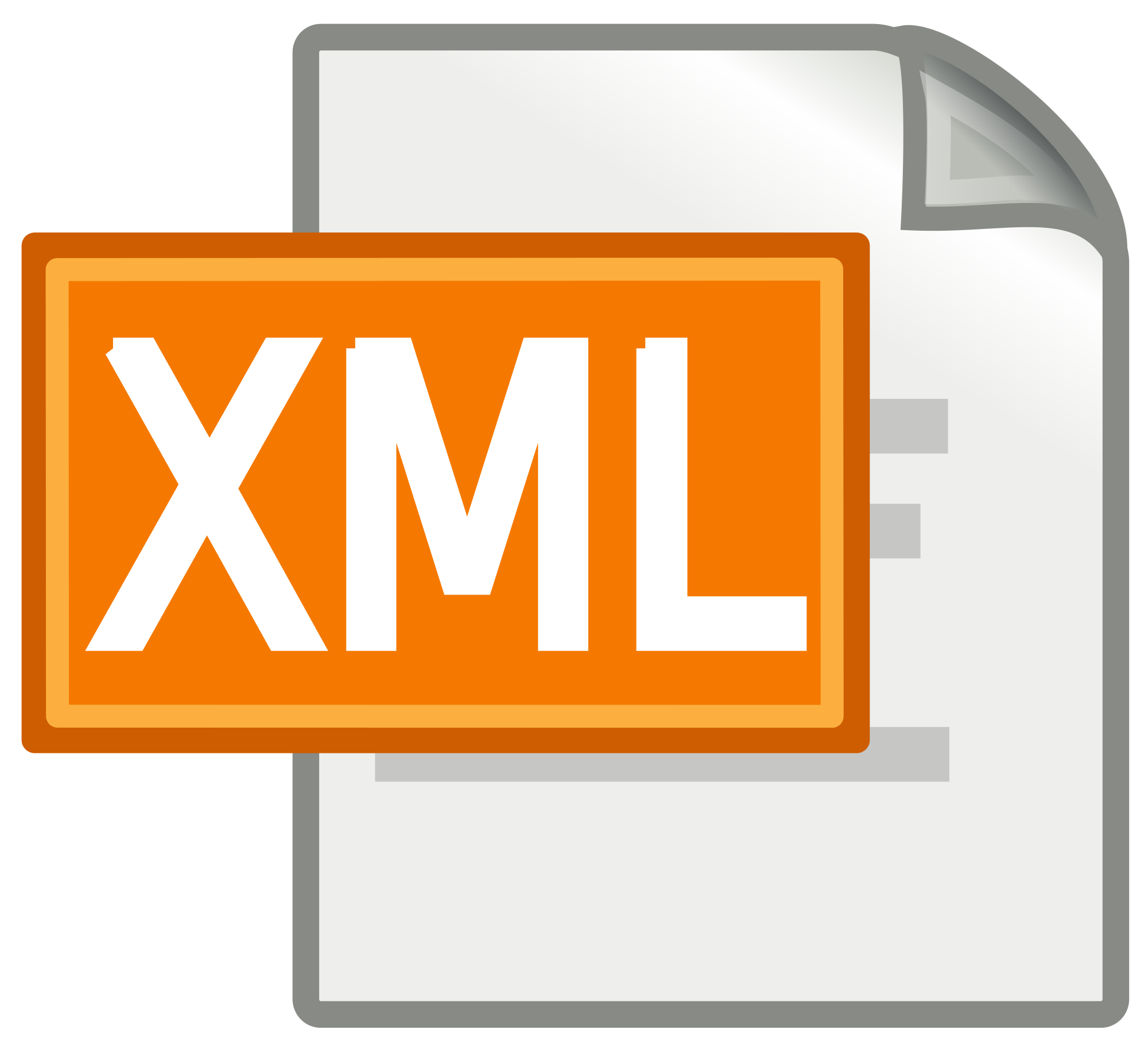
8. XML Guide - XML Attributes
##Introduction: Like HTML, XML elements can be marked by element attributes. Attributes usually contain some additional information about the element. 
XML Guide - XML Encoding

Introduction: XML documents can contain foreign characters such as Norwegian or French (Chinese is also possible! This part still cannot be translated according to the original text. Here are some The content is written by myself)
The above is the detailed content of How to use the XML guide? Summarizing XML Guide Example Usage. For more information, please follow other related articles on the PHP Chinese website!

Hot AI Tools

Undresser.AI Undress
AI-powered app for creating realistic nude photos

AI Clothes Remover
Online AI tool for removing clothes from photos.

Undress AI Tool
Undress images for free

Clothoff.io
AI clothes remover

Video Face Swap
Swap faces in any video effortlessly with our completely free AI face swap tool!

Hot Article

Hot Tools

Notepad++7.3.1
Easy-to-use and free code editor

SublimeText3 Chinese version
Chinese version, very easy to use

Zend Studio 13.0.1
Powerful PHP integrated development environment

Dreamweaver CS6
Visual web development tools

SublimeText3 Mac version
God-level code editing software (SublimeText3)

Hot Topics
 Is the conversion speed fast when converting XML to PDF on mobile phone?
Apr 02, 2025 pm 10:09 PM
Is the conversion speed fast when converting XML to PDF on mobile phone?
Apr 02, 2025 pm 10:09 PM
The speed of mobile XML to PDF depends on the following factors: the complexity of XML structure. Mobile hardware configuration conversion method (library, algorithm) code quality optimization methods (select efficient libraries, optimize algorithms, cache data, and utilize multi-threading). Overall, there is no absolute answer and it needs to be optimized according to the specific situation.
 How to convert XML files to PDF on your phone?
Apr 02, 2025 pm 10:12 PM
How to convert XML files to PDF on your phone?
Apr 02, 2025 pm 10:12 PM
It is impossible to complete XML to PDF conversion directly on your phone with a single application. It is necessary to use cloud services, which can be achieved through two steps: 1. Convert XML to PDF in the cloud, 2. Access or download the converted PDF file on the mobile phone.
 How to convert XML to PDF on your phone?
Apr 02, 2025 pm 10:18 PM
How to convert XML to PDF on your phone?
Apr 02, 2025 pm 10:18 PM
It is not easy to convert XML to PDF directly on your phone, but it can be achieved with the help of cloud services. It is recommended to use a lightweight mobile app to upload XML files and receive generated PDFs, and convert them with cloud APIs. Cloud APIs use serverless computing services, and choosing the right platform is crucial. Complexity, error handling, security, and optimization strategies need to be considered when handling XML parsing and PDF generation. The entire process requires the front-end app and the back-end API to work together, and it requires some understanding of a variety of technologies.
 Recommended XML formatting tool
Apr 02, 2025 pm 09:03 PM
Recommended XML formatting tool
Apr 02, 2025 pm 09:03 PM
XML formatting tools can type code according to rules to improve readability and understanding. When selecting a tool, pay attention to customization capabilities, handling of special circumstances, performance and ease of use. Commonly used tool types include online tools, IDE plug-ins, and command-line tools.
 Is there any mobile app that can convert XML into PDF?
Apr 02, 2025 pm 08:54 PM
Is there any mobile app that can convert XML into PDF?
Apr 02, 2025 pm 08:54 PM
An application that converts XML directly to PDF cannot be found because they are two fundamentally different formats. XML is used to store data, while PDF is used to display documents. To complete the transformation, you can use programming languages and libraries such as Python and ReportLab to parse XML data and generate PDF documents.
 How to open web.xml
Apr 03, 2025 am 06:51 AM
How to open web.xml
Apr 03, 2025 am 06:51 AM
To open a web.xml file, you can use the following methods: Use a text editor (such as Notepad or TextEdit) to edit commands using an integrated development environment (such as Eclipse or NetBeans) (Windows: notepad web.xml; Mac/Linux: open -a TextEdit web.xml)
 How to convert xml into word
Apr 03, 2025 am 08:15 AM
How to convert xml into word
Apr 03, 2025 am 08:15 AM
There are three ways to convert XML to Word: use Microsoft Word, use an XML converter, or use a programming language.
 How to open xml format
Apr 02, 2025 pm 09:00 PM
How to open xml format
Apr 02, 2025 pm 09:00 PM
Use most text editors to open XML files; if you need a more intuitive tree display, you can use an XML editor, such as Oxygen XML Editor or XMLSpy; if you process XML data in a program, you need to use a programming language (such as Python) and XML libraries (such as xml.etree.ElementTree) to parse.





